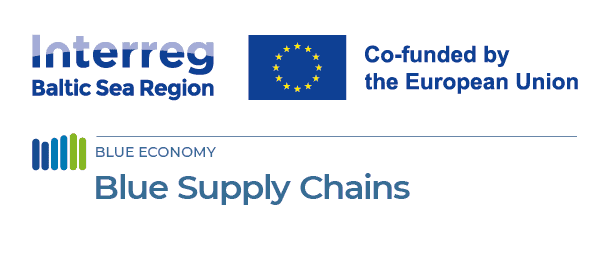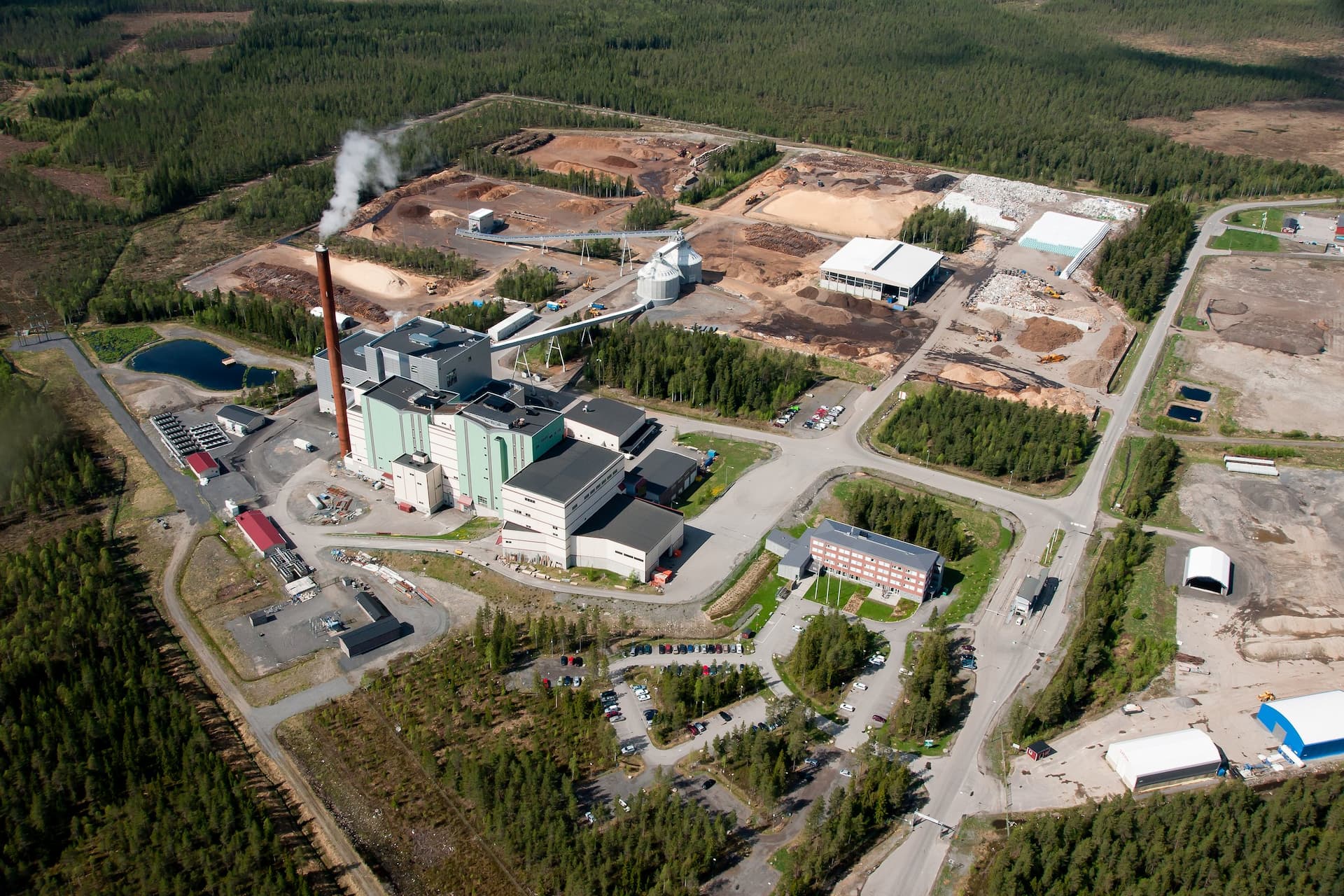
Umeå–Liquid Wind Cooperation: Bringing the Blue Supply Chains Roadmap to Life
27 October 2025
The recently announced cooperation between Liquid Wind and Umeå Energi marks a significant step forward in the decarbonisation of the maritime and energy sectors in the Baltic Sea region. While the partnership itself focuses on developing local electrofuel production, its broader relevance lies in how it reflects the methodology and vision of the Blue Supply Chains (BSC) project — particularly the “Roadmap for Sustainable Ports” published earlier this year.
From Strategic Vision to Practical Implementation
The Blue Supply Chains Roadmap offers a structured and evidence-based approach to help ports and regional stakeholders plan their energy transition. Developed within the Interreg Baltic Sea Region programme, the roadmap outlines a six-step methodology that guides ports from initial analysis to full implementation of decarbonisation measures:
- Define objectives and timeframe for port decarbonisation.
- Map the current situation, including fuel use, energy infrastructure, and key actors.
- Assess future energy demand and supply opportunities for clean fuels.
- Understand technological developments such as hydrogen, e-methanol, and shore-power systems.
- Explore feasible pathways and measures with relevant stakeholders.
- Plan implementation, follow-up, and evaluation to ensure continuous progress.
This structured approach enables ports to act strategically while adapting to local conditions. The cooperation between Liquid Wind and Umeå Energi illustrates these principles in practice.
Umeå as a Pioneer Port in the Baltic Region
Umeå’s port and energy ecosystem have long been recognised for their progressive approach to sustainability. The region combines access to renewable electricity, biogenic CO₂ sources, and a well-developed district heating network — creating ideal conditions for electrofuel production.
Through the new partnership, Liquid Wind — a company specialising in e-methanol — and Umeå Energi, the city’s energy provider, will explore how local renewable resources can be used to produce climate-neutral fuels. This aligns precisely with the BSC roadmap’s recommendation for ports to evolve into integrated energy hubs, serving both maritime and regional energy systems.
Translating the Roadmap into Action
Although the official Liquid Wind press release does not explicitly mention the Blue Supply Chains project, its focus and direction mirror the roadmap’s core logic. The cooperation demonstrates how a port can move from strategic mapping to concrete implementation by connecting the roadmap’s analytical steps with local energy planning.
In Umeå’s case, the partnership contributes directly to several roadmap stages. It translates Step 3 (assessing future energy demand and supply) and Step 4 (understanding technological options) into a tangible project based on electrofuel production. Simultaneously, the initiative advances Step 5, where collaboration among public, private, and industrial actors turns plans into practical pathways.
The BSC methodology highlights that port decarbonisation is not only a technological challenge, but also a governance challenge. Umeå’s cooperation model shows how energy providers and industrial innovators can jointly deliver on regional climate strategies while reinforcing the maritime sector’s transition.
A Living Example of the Blue Supply Chains Vision
The Blue Supply Chains project aims to enable ports across the Baltic Sea to become catalysts for clean energy and low-carbon transport. The Umeå–Liquid Wind initiative embodies this ambition. It bridges the gap between roadmap development and real-world implementation, providing a concrete example of how cross-sector partnerships can advance decarbonisation at regional scale.
As the project evolves, it will not only generate renewable fuel capacity but also deliver valuable lessons on how roadmap methodologies can guide practical investment and stakeholder coordination. These insights will feed back into the Blue Supply Chains network, strengthening the collective effort toward a sustainable, competitive, and carbon-neutral maritime future.






